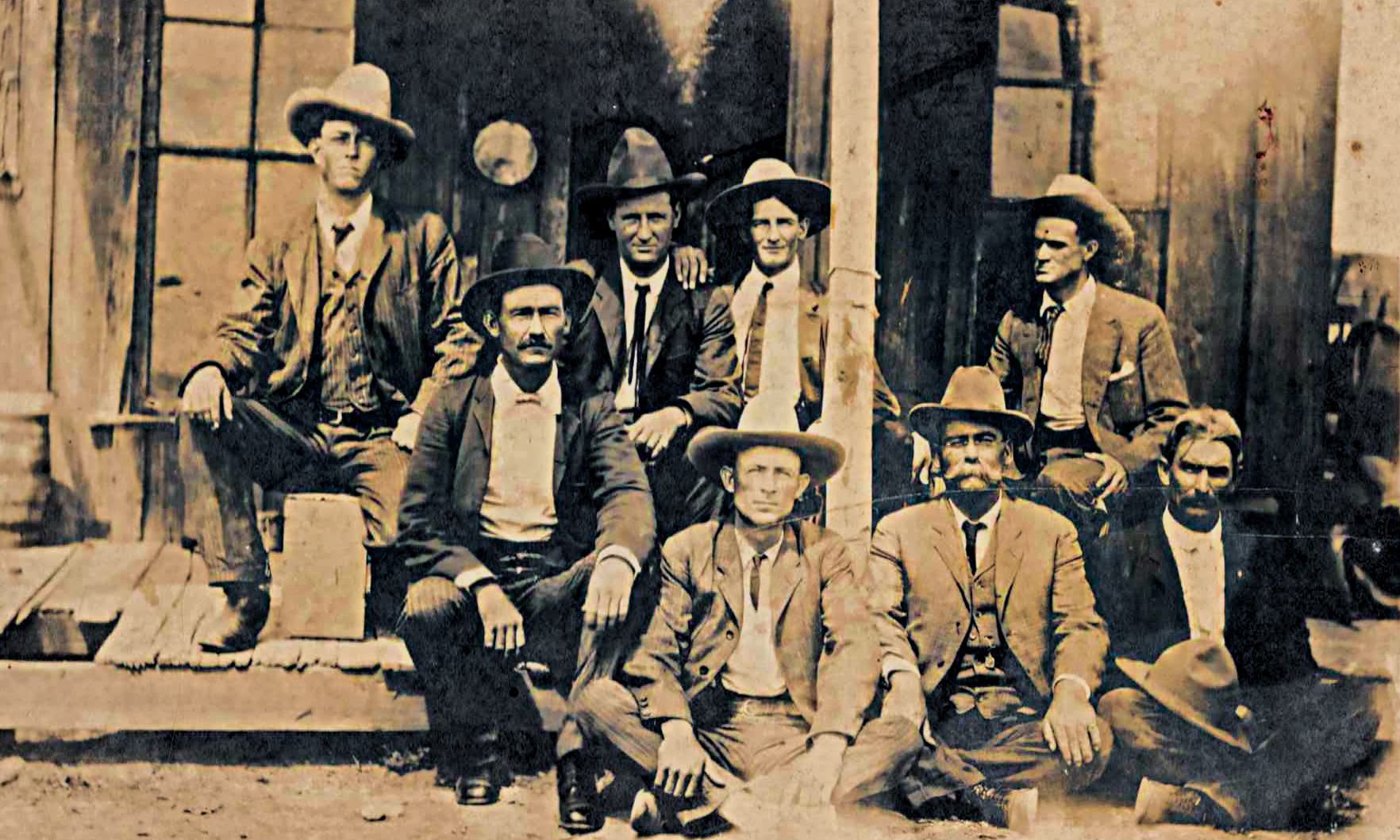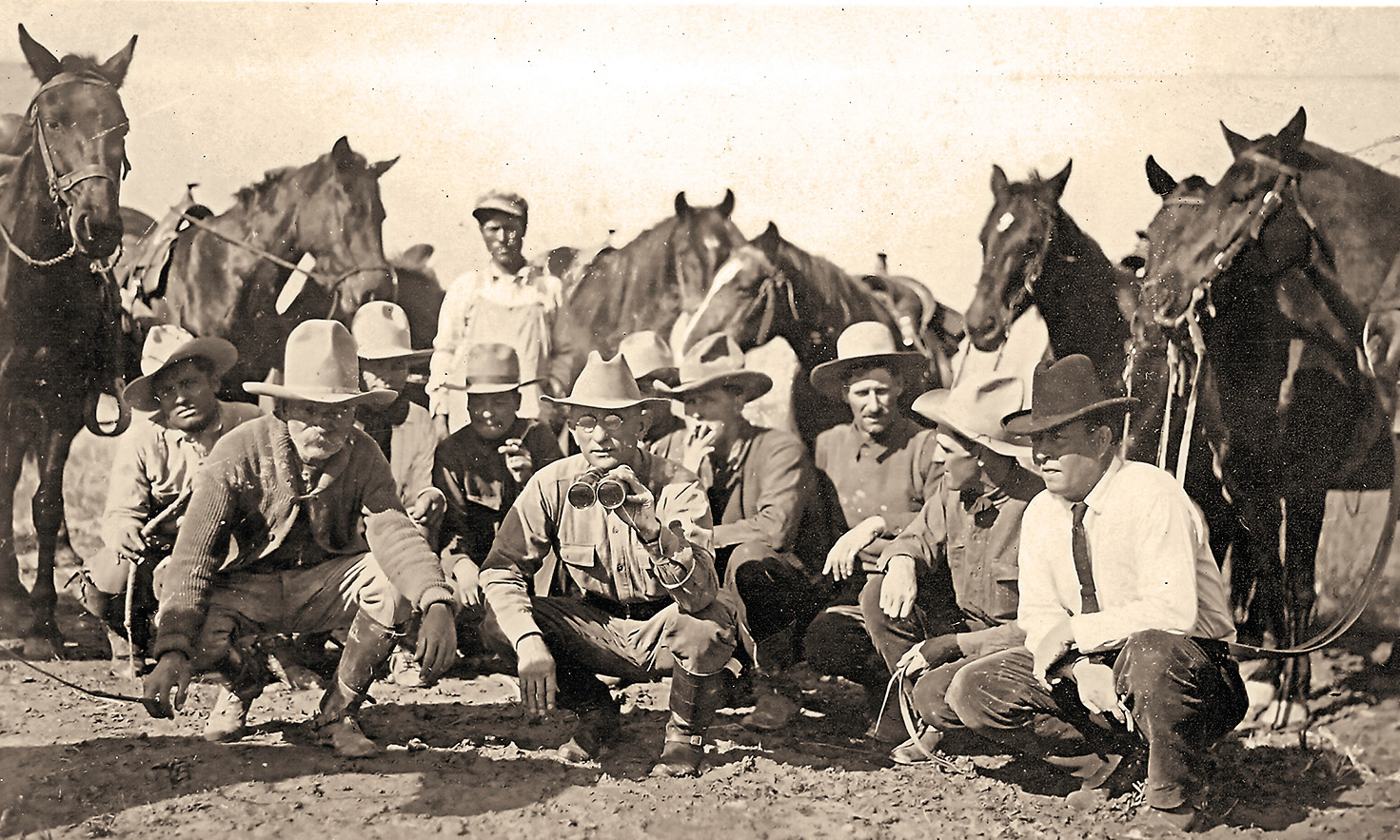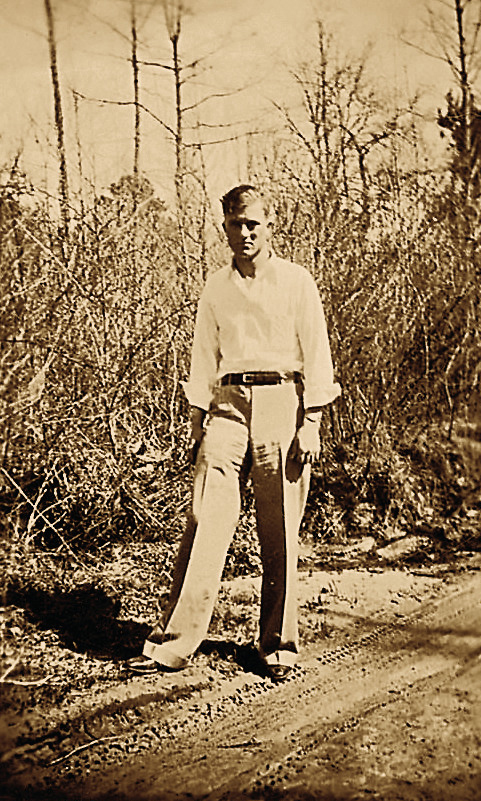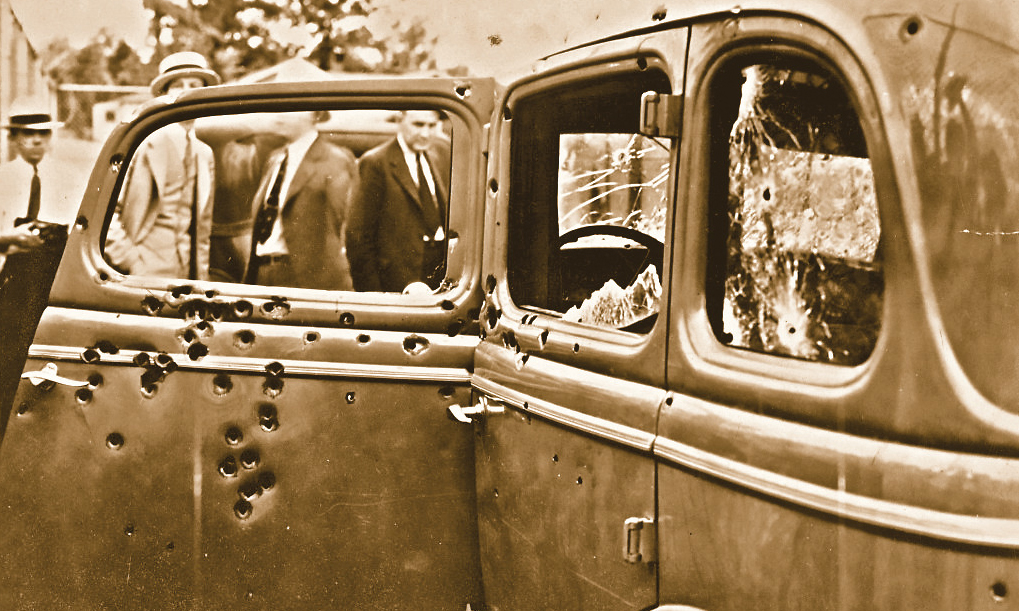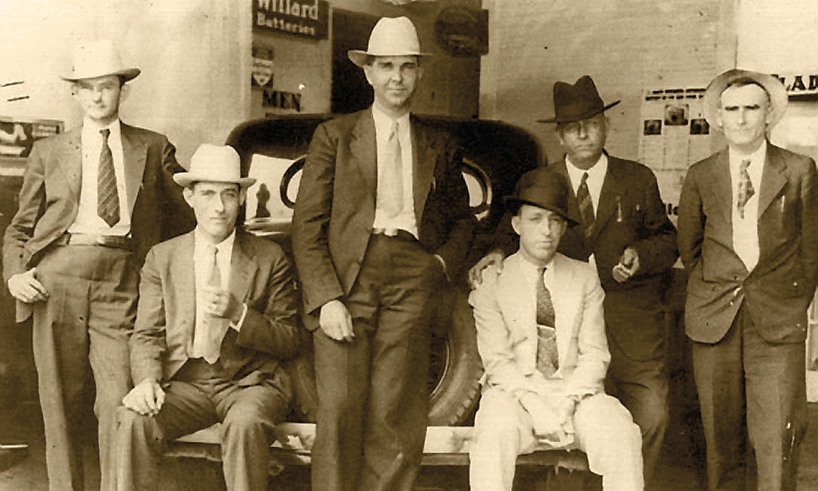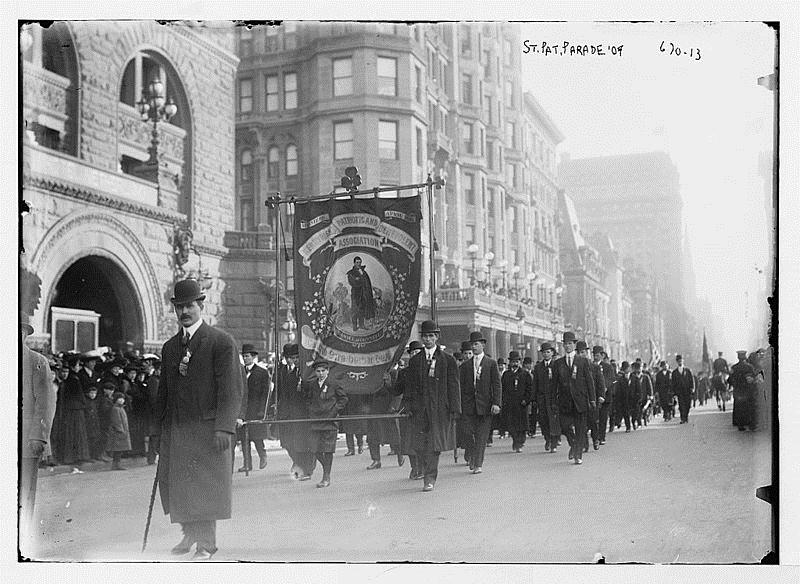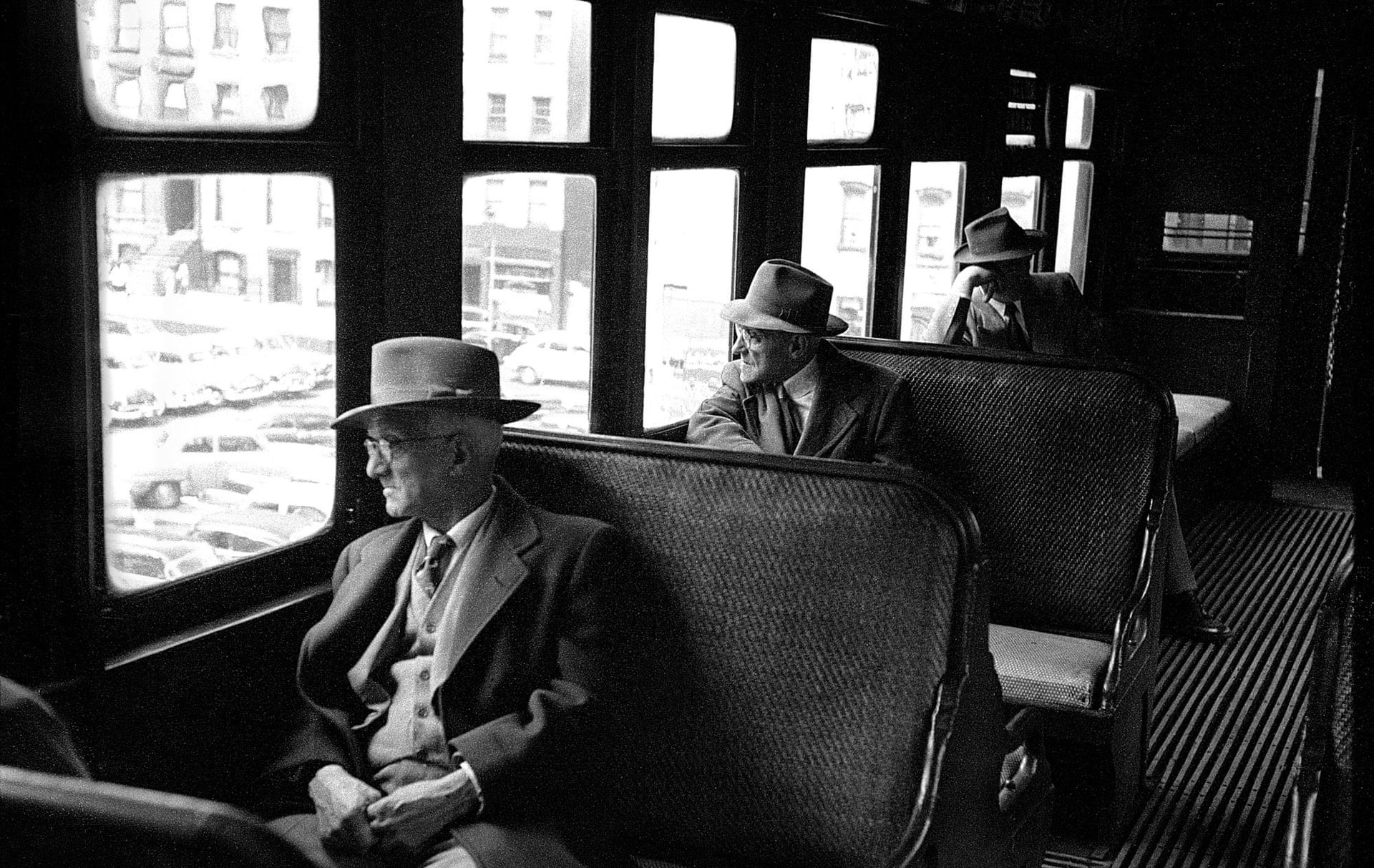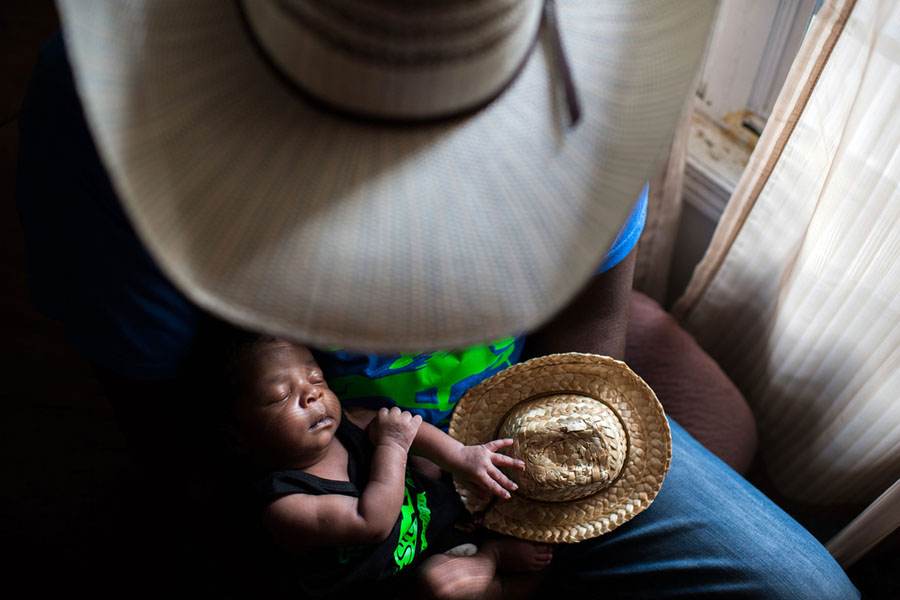Michael R.
Call Me a Cab
- Messages
- 2,889
- Location
- West Tennessee USA
FEATURES
CrossfireThe rich history and key players surrounding the capture of notorious criminals Bonnie and Clyde
TW EDITORS0000

As a Texas Ranger, Frank Hamer logged hundreds if not thousands of miles on horseback, including many on his favorite horse, Bugler, as seen here during the Bandit War of 1915.
— Courtesy of the Texas Ranger Hall of Fame and Museum, Waco, Texas —
Three historians slice and dice what actually happened in one of the greatest manhunts in American history. We have decided to run all of the opposing evidence from Robert Utley, John Boessenecker and John Fusco, and let you, the reader, decide for yourself. We blew out the entire editorial well and went wall-to-wall with first class editorial warfare; these are heavyweights going at it, toe-to-toe. And, while they don’t always agree, you can sense the passion all three of them have for the subject at hand. If you read this issue and then watch the Fusco-written Netflix movie, The Highwaymen, you will not only have a solid idea of what really happened, but you will know where the bodies are buried, so to speak.
So what do you think?
–True West Editors
CrossfireThe rich history and key players surrounding the capture of notorious criminals Bonnie and Clyde
TW EDITORS0000

As a Texas Ranger, Frank Hamer logged hundreds if not thousands of miles on horseback, including many on his favorite horse, Bugler, as seen here during the Bandit War of 1915.
— Courtesy of the Texas Ranger Hall of Fame and Museum, Waco, Texas —
Three historians slice and dice what actually happened in one of the greatest manhunts in American history. We have decided to run all of the opposing evidence from Robert Utley, John Boessenecker and John Fusco, and let you, the reader, decide for yourself. We blew out the entire editorial well and went wall-to-wall with first class editorial warfare; these are heavyweights going at it, toe-to-toe. And, while they don’t always agree, you can sense the passion all three of them have for the subject at hand. If you read this issue and then watch the Fusco-written Netflix movie, The Highwaymen, you will not only have a solid idea of what really happened, but you will know where the bodies are buried, so to speak.
So what do you think?
–True West Editors
